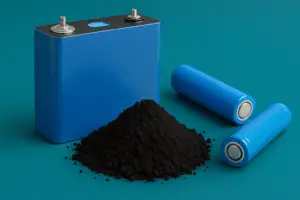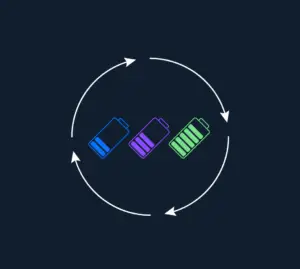What a difference a decade can make. For decades, the natural resource of top geopolitical importance was oil. Now, as emissions reduction efforts take hold around the world, the United States government is increasingly concerned about the essential mineral supply chains that power green energy technologies.
The National Defense Authorization Act for fiscal year 2024 (FY2024 NDAA), passed by Congress in December, is the government’s strongest stance on essential minerals we’ve seen so far. As the primary means by which Congress oversees the defense budget, the annual NDAA specifies conditions for the budget and expenditures for the year.
The FY2024 NDAA notably introduces many new prohibitions on DoD procurement and expands existing ones. These limitations are designed to reduce the defense industry’s reliance on Congressionally-identified “countries of concern.” They also align with the renewed focus on buying from American entities in national spending bills.
Legislators believe that prohibiting the use of DoD funds to procure batteries produced by Asian companies will help the U.S. achieve mineral independence. But as battery industry trends will show, creating new supply chains for the technology, particularly lithium-ion, will take more than just a declaration by Congress.
This is why critical mineral independence is so important. Alongside the prohibitions, the FY2024 NDAA tasks the Under Secretary for Acquisition and Sustainment to create a strategy for developing supply chains that do not depend on countries of concern by 2035. But it’s important that both government and industry understand the scale of what Congress is asking, and recognize the significant hurdles associated with creating alternative lithium battery supply chains.
Congress is leveraging its huge bargaining power in the defense sector to encourage reduced reliance on foreign sources and spur the development of alternative supply chains. However, the U.S. is simply not equipped to meet the resulting increase in market demand for more rechargeable batteries.
The United States holds 3.6% of estimated global lithium reserves. But ramping up domestic lithium mining operations from just one lithium mine, the Silver Peak mine in Clayton Valley, Nevada, will be a massive undertaking. And that doesn’t account for processing or manufacturing. Barring a miracle, it’s unlikely there will be any significant domestic lithium production by October 2027, when the FY2024 NDAA battery prohibitions go into effect.
It’s not just lithium, either. Cobalt, another important component of high-performance lithium-ion batteries, has its own fragile supply chain. Nickel presents its set of domestic sourcing and processing challenges as well.
The best long-term solution for the battery supply chain is to reduce our dependence on these minerals altogether by supporting battery diversity. New high-performance battery chemistries are in development that do not rely on lithium, cobalt, or nickel. Instead, they leverage sets of more abundant materials that can be sourced from a variety of countries, including many friendly to U.S. interests. These alternative chemistries can include sodium-ion, liquid metal, sodium-sulfur, and zinc-ion batteries.
The sweeping FY2024 NDAA prohibitions don’t go into effect until 2027. At that point the DoD will be prohibited from procuring batteries produced by any entity on a list of specified manufacturers that are responsible for the vast majority of global lithium battery supply. Batteries are considered “produced” by one entity that assembles, manufactures, or provides most of the components for the final product.
Now is the time to invest in alternative battery technologies. Lithium has undeniably played an important role in the progress we’ve made with decarbonization so far. But if the U.S. is to have any shot at critical mineral independence, government and industry alike must agree to curtail lithium-ion demand and start looking towards the stable, sustainable future powered by emerging battery technologies.




